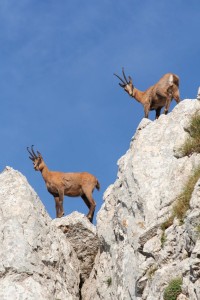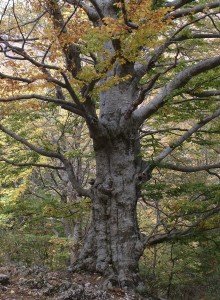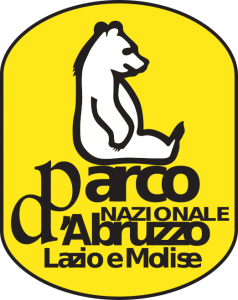

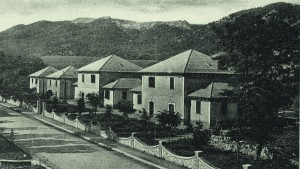
Already royal hunting reserve since 1872 for its rich natural, zoological and vegetal beauty, this part of the central Apennines in the Upper Sangro was repeatedly proposed for protection. The federation Pro Montibus et Silvis, after years of studies, promoted the idea of a park in 1917, with wider boundaries than current ones. The scientific initiative joined with the enthusiasm of local personalities.
The first nucleus covered an area of 500 hectares in the Camosciara (Val Fondillo, Opi). A steep stretch and of stunning biodiversity where animals find refuge, such as the Marsican brown bear, the Abruzzo chamois, the Apennine wolf, the golden eagle, and other species unique in the world.
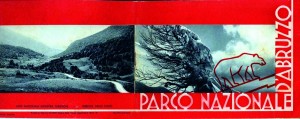
In 1921 the Autonomous Board National Park of Abruzzo was founded. The inauguration took place on September 11, 1922 with a grand ceremony at the Fountain of San Rocco. The Italian State, by Decree-Law 257 of 11/1/1923, officially recognized the Park, which together with the Gran Paradiso is the oldest in Italy and one of the first in Europe. The territory covered an area of 12 thousand hectares, plus another 40 thousand of external protection.
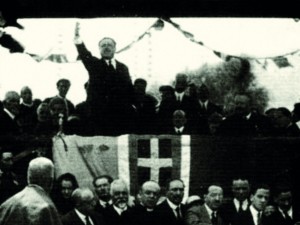
The Member of Parliament Erminio Sipari (1879-1968) conceived with wisdom and foresight the model of the park, assisted in the planning by academics and environmentalists (Sipari Report, 1926). The protected area grew to the current 49,680 total hectares. This is an anthropized park, famous and enjoyed by Italian and foreign tourists according to clear rules. Flora and fauna have been studied, protected and saved from extinction.
The park has had leading presidents and directors, with a period of presidency moved to Rome. Since 2001 it is called National Park of Abruzzo, Lazio and Molise, considering the extension over the three regions. It has administrative bodies such as the executive Council and the Park Community, with representatives of all institutional bodies included the protected area.
Always, symbol of the park has been the bear. In its history it has had various graphic marks, according to the taste of the period. The famous emblem we see today was designed by the graphic designer Salvatore Felici. The logo of the Park is also a symbol of quality for companies that stand out in doing ecotourism in the area.
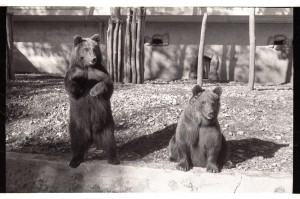
Among the 25 towns there are area offices, visitor centres, museums, mountain huts, and a trail network with 150 routes. With the maxim “Here, nature is protected,” the NPALM produces studies and research and is involved in various projects on the environment. Website: www.parcoabruzzo.it
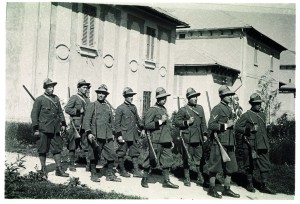
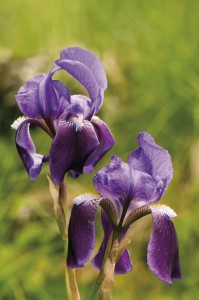
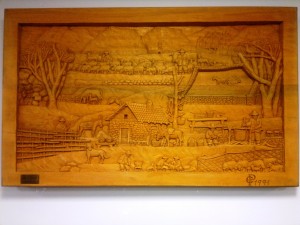
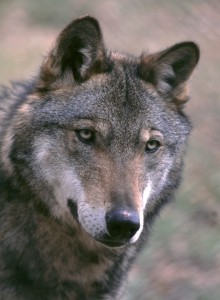
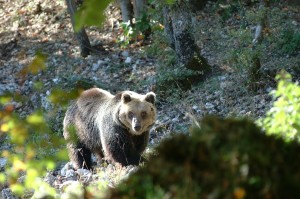
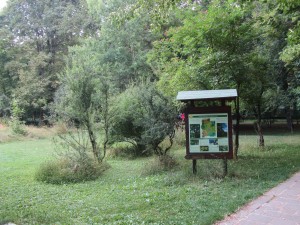
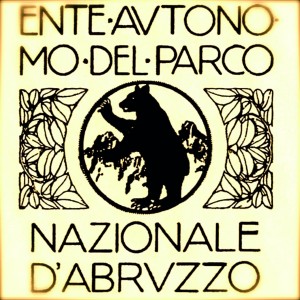
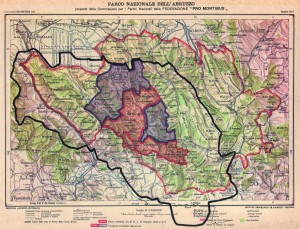
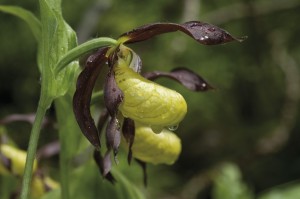
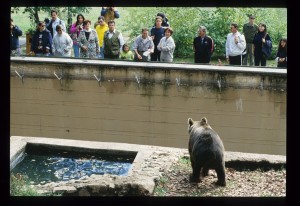
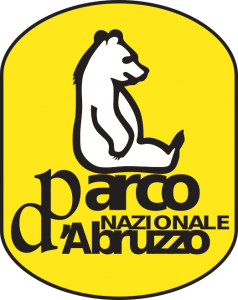
Text by Stefano Dark – Images by Valentino Mastrella, Romano Visci, PNALM and Stefano Dark
RESERVED REPRODUCTION – All rights are of the respective owners

